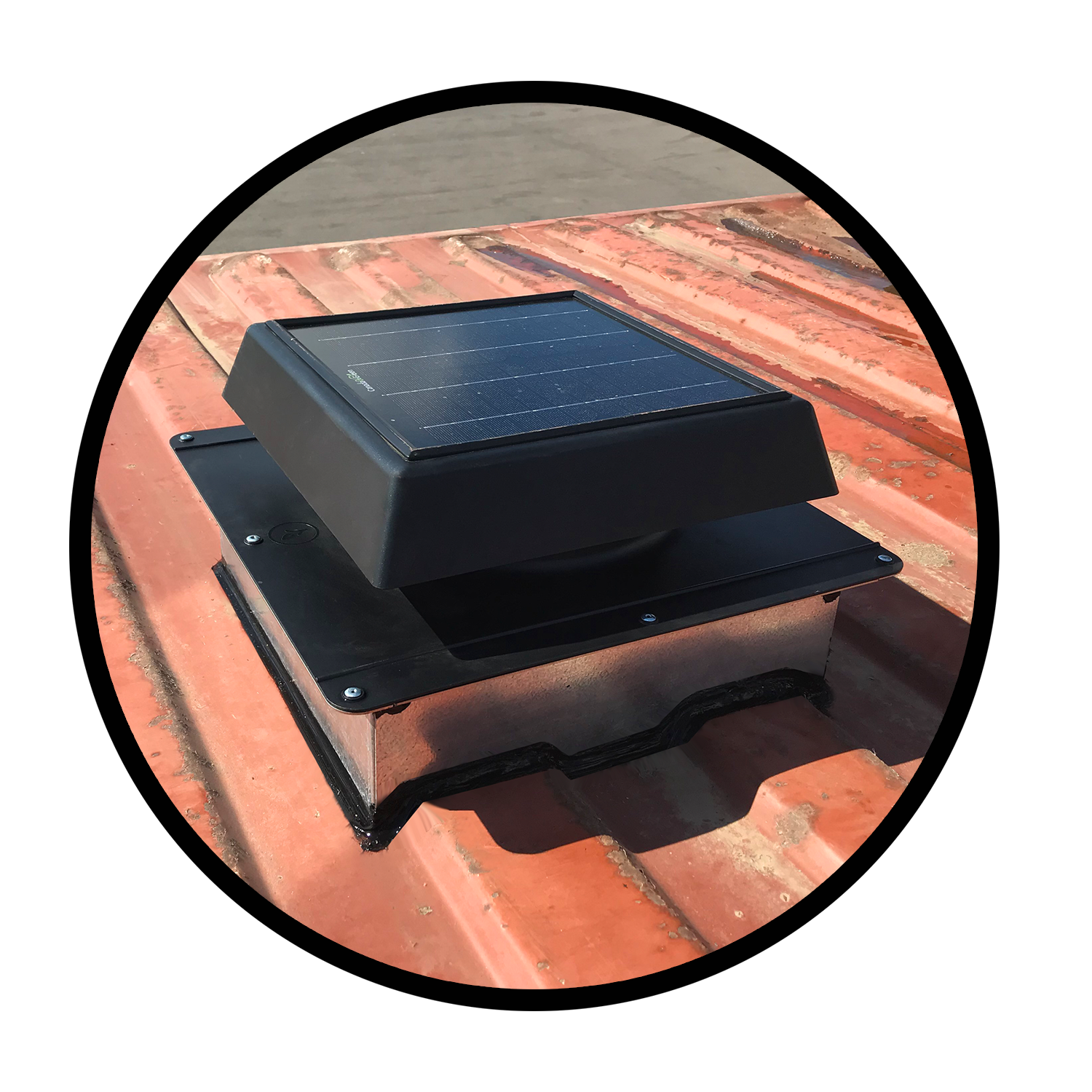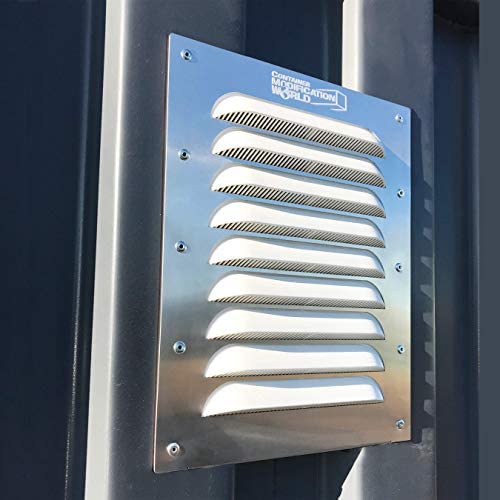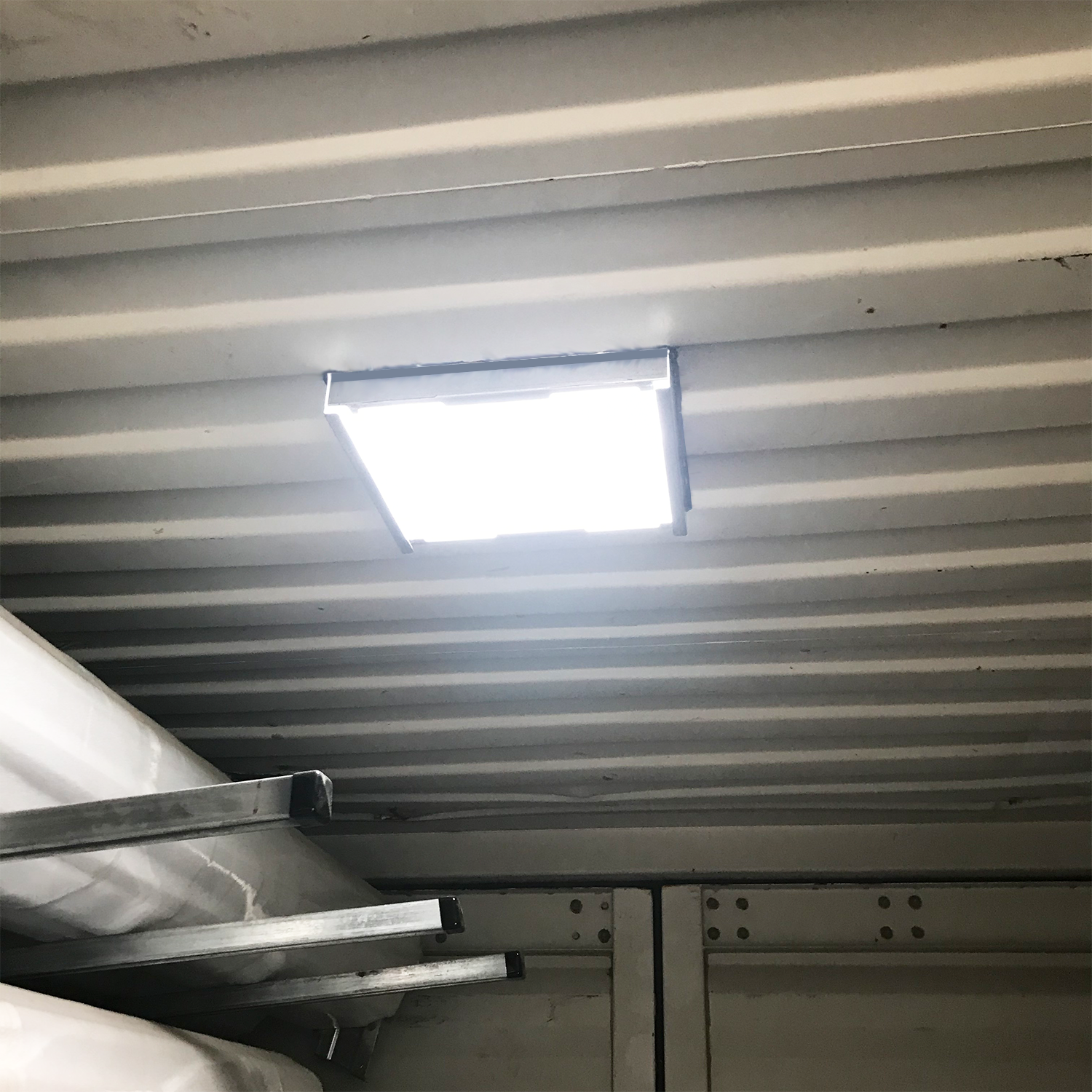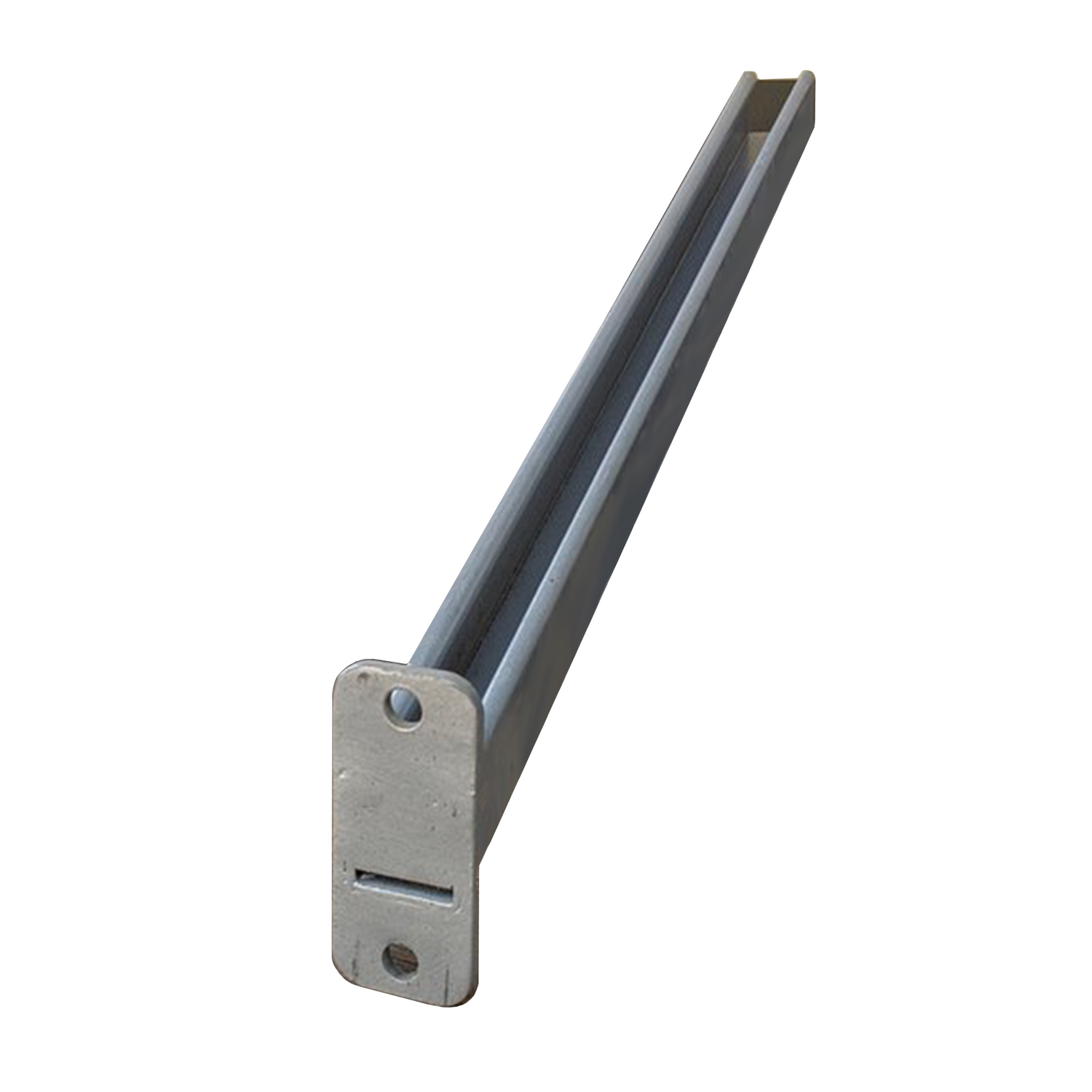ACE
The Automated Commercial Environment is the online web portal used to report data to the Automated Export System (AES).
AES
The Automated Export System is the system used by the U.S. government to collect data on exports. This data is called Electronic Export Information (EEI) and in many cases exporters are legally required to file the EEI through AES for each shipment. The U.S. Census Bureau uses this data to calculate trade statistics such as gross domestic product (GDP), while U.S. Customs and Border Protection (CBP) uses it to make sure that exporters are following U.S. export regulations.
Aggregate shipment
Multiple shipments from different sellers to a single consignee that are consolidated by the carrier into a single shipment.
Alongside
Refers to the side of a ship. Goods delivered alongside are placed on the dock or barge within reach of the ship’s rigging so it can be easily loaded onto the ship.
Apparent good order
When freight appears to be free of damage after being assessed it is said to be in apparent good order.
Arrival notice
Notification provided by the carrier when a shipment has arrived to the consignee or notify party.
Astern
Can either mean 1) behind a ship, or 2) to move a ship in reverse direction.
ATDNSHINC
“Any Time, Day or Night, Sundays and Holidays Included” referring to when a vessel will operate.
Athwartships
A direction across the width of a ship.
Automatic identification system (AIS)
A satellite system used by ships and vessel traffic service (VTS) to identify and locate ships.
Backhaul
Cargo carried on a return journey.
Balloon freight
Freight that is low weight but high volume (light but bulky).
Beneficiary
The party that receives payment.
Bilateral
A bilateral agreement is one in which both parties agree to provide something for the other.
Bill of lading
A document issued by a carrier or their agent acknowledging receipt of cargo for shipment. Often abbreviated as BOL, BoL, B/L, or BL. If there were no issues with the cargo stated on the BOL, it is said to be a clean bill of lading.
Bill of sale
A document that confirms transfer of goods in exchange for money.
Bill-to party
The party paying for goods or services in a transaction.
Blocking or bracing
Wood or metal supports used to secure cargo while in transit. Also called dunnage.
Block stowage
Loading cargo close together to minimize movement of goods while in transit.
Bolster
A piece of equipment attached to a chassis or railcar in order to secure the container.
Bond port
The initial port of entry where a vessel transporting goods first arrives at a country.
Booking
Arrangements made with a carrier for the movement of cargo; space reservation.
Bow
The front of a vessel.
Broken stowage
Empty space in a container not occupied by cargo.
Bulk cargo
Cargo that is shipped loose as opposed to being shipped in packages or containers. Grain and coal are examples of goods usually shipped as bulk cargo.
Bull ring
A device attached to the floor of a container which is used to secure cargo.
Cabotage
Transport of goods between two places in the same country by a transporter from another country.
Cargo
Any goods being transported, regardless of the mode of transport.
Cargo manifest
A document detailing the cargo carried on a ship, often provided to a customs authority.
Carnet
A document permitting the holder to temporarily send goods to certain foreign countries for display or demonstration purposes without having to pay duties.
Cash on delivery (COD)
The sale of goods in which payment is made upon delivery rather than in advance.
Carrier
A party that transports goods for another person or company and is responsible for any possible loss of or damage to the goods during transport. A common carrier provides transportation services to the public in return for compensation. A contract carrier provides this service under special contracts, often for government clients.
CBP
Customs and Border Protection, part of the Department of Homeland Security, is the agency within the U.S. government tasked with controlling the flow of people and goods into and out of the country, and with enforcing import and export regulations.
CCC Mark
A label indicating cargo conforms to standards established by the Chinese government.
CCL
The Commerce Control List is a list of dual-use items (items that have both a commercial application as well as a potential military application) published as part of the U.S. Department of Commerce’s Export Administration Regulations (EAR). Each item on the CCL is identified with an Export Control Classification Number (ECCN).
CE Mark
A label indicating cargo conforms to standards established by the European Union.
Certificate of inspection
A document certifying that merchandise is in good condition immediately prior to being shipped.
Certificate of origin
A document certifying where goods were originally made, often abbreviated as COO. A COO specific to a particular free trade agreement may be used to claim preferential duty treatment.
CFR
The Code of Federal Regulations is the codification of rules and regulations published in the U.S. Federal Register.
Chassis
The base frame of a wheeled vehicle, used to secure a container prior to movement.
Chock
Material (often wood) placed next to cargo to prevent excessive movement during transit in order to avoid damage.
CL
Abbreviation for carload or containerload.
Claim
A demand made by a customer to a transportation company for payment in order to compensate for loss or damage of goods.
CM and cm
CM (uppercase) stands for “cubic meters,” while cm (lowercase) stands for “centimeters.”
Commercial invoice
A fundamental document for an international transaction with details including what goods are being shipped, who is the shipper, and who is the ultimate consignee. Serves as the basis for all other documents related to the shipment.
Commodity
Any commercial good that is shipped.
Common law
Law that derives authority from precedent, custom and usage rather than from statutes.
Concealed loss/concealed damage
Shortage of or damage to goods shipped that is not immediately evident upon delivery.
Connecting carrier
A carrier which acts as an intermediary between two or more other carriers.
Consignee
The person or place to whom a shipment will be transferred. The ultimate consignee is the final recipient of the goods, while an intermediate consignee takes possession of the goods for a portion of the time that they are in transit.
Consignment
A shipment of goods to a consignee.
Consignor
The exporter or shipper from which the goods originate.
Consolidation
When cargo from multiple shippers is combined in a single container.
Consul
A government official residing in a foreign country who represents the interests of their home country.
Consumption entry
When goods are imported into the United States without any time or use restrictions.
Container
A truck trailer loaded with cargo that can be detached for loading onto a vessel or railcar. Different types of containers exist for different shipping needs.
Container load
A load large enough in volume or weight to fill a container.
Container manifest
A document stating the contents of a container, its point of origin and point of destination.
Contraband
Prohibited cargo such as illegal drugs or unauthorized weapons.
Contract
A legally binding agreement between two or more parties.
C-TPAT
Customs-Trade Partnership Against Terrorism, a voluntary partnership with U.S. Customs and Border Protection to ensure supply chain security.
Cu.
Abbreviation for “cubic” used when describing measurements of volume.
Cube out
Refers to when a container or vessel has reached its volumetric capacity before reaching its weight capacity.
Customhouse
A government office where duties are paid and import and export paperwork are filed.
Customs
The agency within a government that is responsible for collecting duties and enforcing import and export regulations.
Customs bonded warehouse
A warehouse authorized by customs to receive duty-free goods.
Customs broker
An individual or organization who helps a shipper navigate customs requirements.
Customs entry
A document produced by an importer to declare incoming foreign goods after which the importer will typically pay any import duties.
Customs invoice
A document required by a country’s customs authority which serves the same purpose as a standard commercial invoice but also contains additional information such as a certificate of origin.
Customs of the port (COP)
A phrase referring to local rules and practices which may impact a shipment.
Cut-off time
The latest time cargo may be delivered to a terminal for loading.
Dangerous goods
A product considered corrosive, flammable, poisonous, toxic, explosive, etc. Shipping dangerous goods may require special documentation or packaging to ensure safety.
Dangerous goods declaration
A form produced by an exporter providing details on the dangerous goods in their shipment.
DDTC
Directorate of Defense Trade Controls within the U.S. Department of State, tasked with enforcing ITAR.
D&H
Abbreviation for “dangerous and hazardous” cargo.
DBA
“Doing business as”—used to specify that a company is doing business under a certain registered name.
Deconsolidation point
Location where cargo is separated in preparation for delivery.
Deemed export
Transmission of controlled technology, source code, or information to a foreign national at home or abroad.
Delivery receipt
A document signed and dated by a consignee or their authorized agent confirming receipt of goods and stating the condition of the goods upon delivery.
Demurrage/detention
Demurrage is a charge for delaying the carrier’s cargo beyond allowed free time; detention is a similar charge but applies to delays in equipment.
Denied party screening
Screening customers, partners or vendors against denied party lists of individuals or organizations with whom business is prohibited.
Destination control statement
A legal statement on shipping documents specifying that the goods are to be transferred to the ultimate consignee only.
Discrepancy
When documents presented do not conform to the requirements of the letter of credit.
Diversion
A change made to the route of a shipment or to the route of the entire vessel.
Dock
A platform from which trucks are loaded and unloaded, or a cargo handling area adjacent to the shoreline where a ship ties up.
Dock receipt
A document used to acknowledge receipt of cargo; provides the framework for the preparation of an ocean bill of lading.
DOT
U.S. Department of Transportation. A U.S. agency within the executive branch which oversees transportation in the U.S.
Drawback
A partial refund of an import fee, usually given if goods are re-exported from the country which collected the fee.
Drayage
Transport of goods over a short distance, often within the same urban area. Also called cartage.
Dumping
Importing goods into a country at a price less than the fair market value.
Dutiable value
The amount on which a customs duty is calculated.
Duties
Taxes collected on importing and exporting goods. Also called tariffs.
EAR
The Export Administration Regulations published by the U.S. Department of Commerce regulate exports of dual-use items.
ECCN
Export Control Classification Numbers are alphanumeric codes used to identify dual-use items.
EEI
Electronic Export Information is the data that exporters must report to the Automated Export System (AES) via the Automated Commercial Environment (ACE) online web portal.
Electronic data interchange (EDI)
The electronic transmission of business documents such as invoices, purchase orders, and bills of lading.
Embargo
A government order restricting the transport of freight to a certain destination.
Eminent domain
The power of a sovereign government to take property for a necessary public use.
Empty repo
Stands for empty repositioning; refers to the movement of empty containers.
Endorsement
A legal signature that signals transfer of rights from one party to another.
Entry
Documents needed to clear an import shipment through customs.
Equipment interchange receipt (EIR)
A document used when transferring a container from one carrier to another, or from one terminal to another.
ETA, ETC, ETD, ETR, ETS
Estimated time of arrival, completion, departure, readiness, or sailing.
Exception
A delivery in which the driver or recipient notes a problem on the delivery receipt before signing.
Exclusive use
A shipper may pay a premium rate in order to obtain exclusive use of a trailer.
Export
Shipment of goods out of a country. Opposite of import.
Export license
A government-issued permit that authorizes a shipper to export a certain good or to export to a certain country or party.
FAK
Abbreviation for “freight all kinds.” Typically refers to a full container loaded with mixed cargo.
False billing
Misrepresenting freight information on shipping documents.
Federal Maritime Commission (FMC)
The agency within the U.S. federal government tasked with enforcing laws related to transport of goods by sea.
Federal Register
The official journal of the U.S. government where new rules and regulations are published.
Force majeure
A common clause included in contracts which exempts parties for not fulfilling their obligations due to events beyond their control.
Fore and aft
The direction on a ship parallel to the center line.
Foreign trade zone
A special port in which merchandise may be stored without being subject to import regulations. Also called a free trade zone or free port.
FPPI
Foreign principal party of interest is the party to whom final delivery of the goods will be made; typically the foreign buyer.
Free time
The amount of time that a carrier’s equipment may be used without incurring additional charges.
Freight
Any product(s) being transported.
Freight broker
A person who arranges transportation on behalf of a shipper.
Freight forwarder
A company that arranges the transportation of goods on behalf of a shipper.
FTA
Free trade agreements are made between countries in an effort to reduce barriers to trade between the participating countries.
FTR
The Foreign Trade Regulations (FTR) are a set of regulations placed on international trade in the U.S.
Full truckload (FTL)
A full truckload carrier contracts the entirety of a truck’s carrying capacity to a single customer.
General order
When U.S. Customs orders shipments without entries to be kept in their custody.
Gross vehicle weight (GVW)
The total weight of a vehicle including the weight of the vehicle itself and any attached containers.
Harbour
A place at which ships stop to resupply and load or unload cargo.
Harbour master
An official responsible for overseeing the operations of a harbour.
Hatch
The opening on the deck of a ship which gives access to the cargo hold.
Hazardous materials (HazMat)
May be used interchangeably with “dangerous goods”; goods which may pose a threat to safety because they are poisonous, toxic, corrosive, explosive, flammable, etc.
HS
The Harmonized System is an internationally accepted system used to classify products.
IMDG
International Maritime Dangerous Goods code; the regulations established by the International Maritime Organization (IMO) for the international transport of dangerous goods.
Import
Shipment of goods into a country. Opposite of export.
Import license
A government-issued permit authorizing a party to import a good into the country.
In bond
An import or export shipment that has not yet cleared customs is referred to as in bond.
Incoterms
Universal trade terms published by the ICC to clearly communicate the tasks, costs and risks associated with transportation and delivery of goods in an international transaction.
Interchange point
A location where freight is transferred from one carrier to another.
Intermodal
The movement of goods via more than one type of transportation (e.g. air, rail, sea, truck, etc.).
Inward foreign manifest (IFM)
A document listing all cargo entering a country. Required by all world ports.
ITAR
The International Traffic in Arms Regulations regulate the export of space- or defense-related products and are enforced by the U.S. Department of State.
JIT
Just in time. A method of inventory control which minimizes warehousing; the container itself acts as a movable warehouse and arriving on schedule is crucial.
Laden
Loaded aboard a vessel.
Landed cost
The total cost of goods for a buyer including transportation costs and import duties.
Less-than-truckload, less-than-load (LTL)
A medium shipment, typically between 150 pounds and 20,000 pounds. An LTL carrier mixes freight from several customers in a single truckload.
Letter of credit
A written commitment by a bank that payment will be made to an exporter provided that the terms have been met.
License exception
Certain criteria may be met that allow an exporter to export a product without an export license in cases where an export license would normally be required.
Liquidated damages
The penalty a seller must pay the buyer if a project does not meet the standards or deadline outlined in the sales contract.
List
The amount that a vessel tilts from the vertical, measured in degrees.
Logistics
The management of the flow of products as they are transported from the point of origin to their final destination.
Longshoreman
A port employee tasked with loading and unloading ships.
Malpractice
In shipping, situations in which a carrier illegally gives preference to a customer in order to attract their business.
Maritime
Relating to transport by sea.
Marking
Letters, numbers, or other symbols placed on packaging used for identification purposes.
Multimodal
See intermodal.
NCBFAA
The National Customs Brokers and Forwarders Association of America, representing customs brokers and freight forwarders in the U.S.
NEC, NES
Not elsewhere classified, not elsewhere specified.
Net weight
The weight of goods not including the weight of their packaging.
Non-dumping certificate
Required by some countries to ensure protection against dumping of certain products.
NVOCC
Non-vessel operating common carrier: behaves like a carrier except it doesn’t provide the actual transportation service itself.
On board
A notation on a bill of lading indicating that cargo has been loaded on a ship.
On deck
A notation on a bill of lading indicating that cargo has been stowed on the open deck of a ship.
Open account
A transaction in which goods are shipped to a foreign buyer without guarantee of payment.
Operating ratio
A measure of operating efficiency based on a comparison between a carrier’s operating expenses and its net sales.
Origin
Location where a shipment starts its journey; or country where goods were originally manufactured.
Overage
When the number of units received is greater than the quantity stated on the export documents. Opposite of shortage.
Packing list
A standard document which accompanies a shipment and lists the products and packaging information.
Pallet
A platform on which packages may be loaded. Facilitates easier handling by a lift truck.
Parcel/package/small parcel/small package
A small shipment, typically below 150 pounds.
Payee
The party paid in a transaction; the seller.
Payer
The party paying money in a transaction; the buyer.
Payment terms
Terms that describe how money will be paid in a transaction.
Phytosanitary inspection certificate
A document issued by the U.S. Department of Agriculture certifying a shipment is free from harmful pests and plant diseases.
Pier
A structure perpendicular to the shoreline to which a ship is secured in order to load or unload cargo.
Place of delivery
Location where cargo leaves the custody of a carrier.
Place of receipt
Location where cargo enters the custody of a carrier.
POD
Port of discharge, port of destination, or proof of delivery.
Point of origin
The location where a shipment is transferred from a shipper to a carrier.
POL
Port of loading or petroleum, oil and lubricants.
Port
A harbour with piers or docks; the left side of a ship; or an opening in the side of a ship used for handling freight.
Port of call
Port where a ship discharges or receives traffic.
Port of entry
Port where cargo is unloaded and enters a country.
Port of exit
Port where cargo is loaded and leaves a country.
PPI
Principal party of interest. See FPPI and USPPI.
Prepaid
Freight charges paid by a shipper prior to release of bills of lading by the carrier.
Proforma invoice
A document that acts as a formal quote, produced by the seller and given to the potential buyer before a transaction is finalized.
Quarantine
A restriction placed on an operation in order to protect public health and safety.
Quota
The quantity of goods that may be imported without restrictions over a set period of time.
Quotation
An offer to sell goods at a stated price under stated conditions.
Rate basis
The formula of specific factors that play a role in determining freight rates.
RFP, RFQ
Request for proposal, request for quotation.
Reasonableness
The requirement that a freight rate not be higher than what is necessary to reimburse the carrier and allow a fair profit.
Relay
The transfer of containers from one ship to another when both ships are controlled by the same carrier.
Remittance
Funds sent by one person to another as payment.
Revenue
Payment received by a carrier for transporting goods.
Sanction
An embargo enforced by a government against another country.
SCAC
Standard Carrier Alpha Codes used to identify inland carriers in the U.S.
Schedule B
Codes used specifically for exporting out of the U.S.; based on HS codes and used for trade statistics and export regulation compliance.
Ship’s tackle
Equipment such as rigging or cranes used on a ship for loading or unloading cargo.
Shipper
Typically the company selling the goods to a foreign market; may also be called the exporter or consignor.
Shipper’s letter of instruction (SLI)
A document provided by an exporting company to their freight forwarder outlining instructions for the forwarder.
Shipping documents
Paperwork that accompanies a shipment as it makes its way to the final destination, such as packing lists or bills of lading.
Shipping Solutions
An export documentation and compliance software program that makes creating accurate export documents fast and easy.
Shortage
When the number of units received is less than the quantity stated on the shipping documents. Opposite of overage.
Skids
Devices placed beneath boxes or packages in order to raise them off the floor to permit access by a forklift.
SOLAS
Safety of Life at Sea Convention enforced by the International Maritime Organization (IMO).
Spotting
Placing a container in a position from which it can be loaded or unloaded.
Starboard
The right side of a ship (when facing forward). Opposite of port.
Stern
The backside of a ship. Opposite of bow.
Stevedore
Individual or company that employs longshoremen and contracts for the loading and unloading of ships.
Stripping
Removing cargo from a container.
Stuffing
Putting cargo into a container.
Supply chain
A system of interconnected organizations and activities involved in the movement of goods from a supplier to a customer.
Surcharge
An extra or additional charge.
Surtax
An extra or additional tax.
Tail
Backside of a container or trailer. Opposite of front or nose.
Tare weight
The weight of a container while empty.
Terminal
A location where containers are picked up, dropped off, maintained and kept.
Terminal charge
A charge for a service carried out in a carrier’s terminal area.
Third party logistics (3PL)
A company that provides logistics services to other companies, such as warehousing and transportation.
Trailer
A container attached to the back end of a truck.
Transshipment
The transfer of cargo from one carrier to another or from one vehicle to another at an intermediate point during the goods’ journey to the final destination.
Truck tonnage
The weight (in tons) of a shipment transported by truck.
Turnaround
The time it takes between arrival of a ship and its departure.
Ullage
The space not filled with liquid in a drum or tank.
Unclaimed freight
Freight that has not been called for or picked up by the owner or ultimate consignee.
Unit load
Packages loaded onto a pallet, in a crate, or in some other way that allows for the goods to be handled as a single unit. This process is called unitization.
UN number
An internationally recognized four-digit code used to identify dangerous goods.
USML
The United States Munitions List is a list of space- and defense-related products which are controlled by the U.S. Department of State under ITAR.
USPPI
United States principal party of interest. The party that receives the primary benefit from an export transaction, monetary or otherwise. Usually the seller of the goods.
Vessel
A seafaring vehicle; a boat or ship.
Vessel manifest
A document listing details regarding the crew and cargo onboard a vessel.
Vessel traffic service (VTS)
A traffic monitoring system used by harbour or port authorities used to monitor ships, similar to air traffic control used to monitor aircraft.
War risk
Insurance coverage for losses resulting from an act of war.
Warehouse
A place for the storage, consolidation and distribution of cargo. Warehousing is the storage of cargo.
Wharf
A structure built on the shore of a harbour which facilitates the docking of ships.









